In a Mexican village, weaving is a cutthroat competitive industry
A Colorado photographer happens across a vibrant tradition where skill, salesmanship, and cunning are key

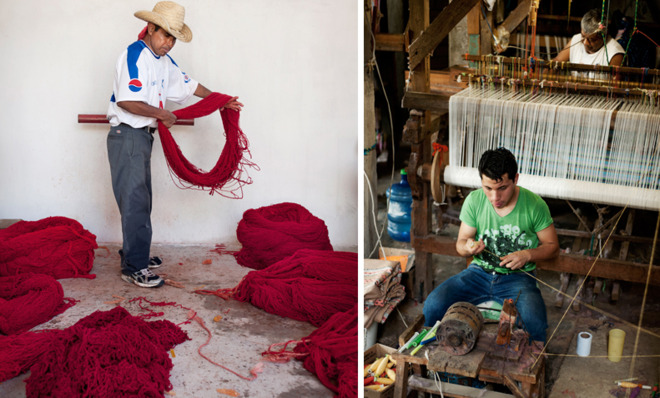
Photographer Matt Nager didn't initially travel to Oaxaca, Mexico, to shoot a project of his own. He was there to lead a group of aspiring photographers for a portraits workshops through the arts-immersion travel company, Oaxaca Cultural Navigator.
"While teaching, I was not photographing," Nager, 30, said in an interview. "When people pay good money to come to Oaxaca and learn photography, it wouldn't be right for me to be focusing on my own work."
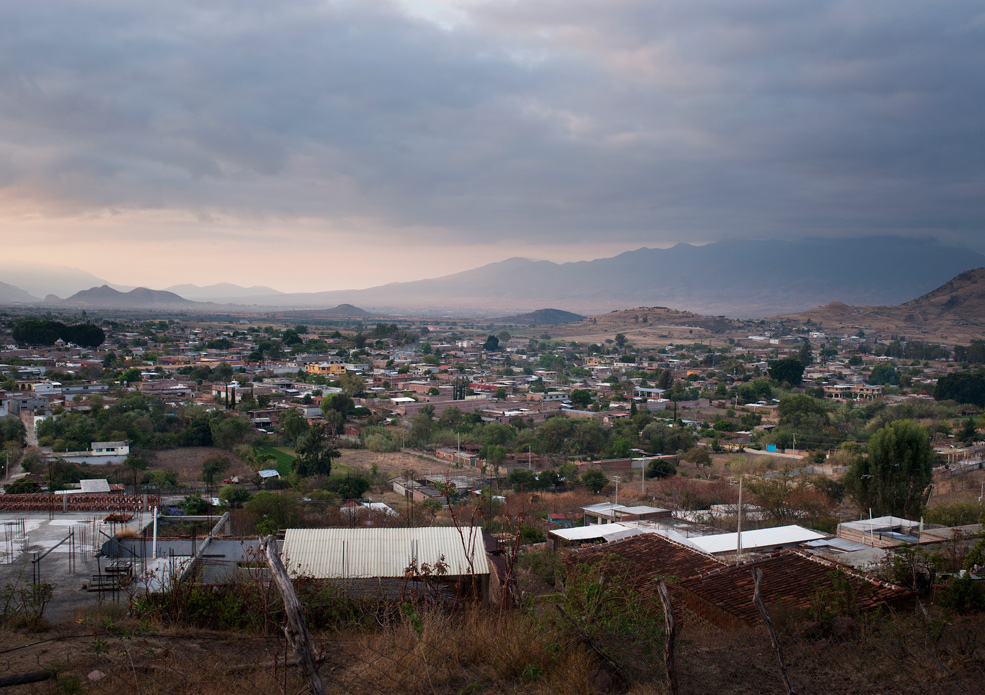
But the craftsmanship of an off-the-beaten-track locale kept catching his eye.
The Week
Escape your echo chamber. Get the facts behind the news, plus analysis from multiple perspectives.

Sign up for The Week's Free Newsletters
From our morning news briefing to a weekly Good News Newsletter, get the best of The Week delivered directly to your inbox.
From our morning news briefing to a weekly Good News Newsletter, get the best of The Week delivered directly to your inbox.
Most tourists to the state of Oaxaca don't venture beyond its best known attraction: its capital city by the same name, with its historical architecture and renowned, traditional cuisine. But if you step away from the city's center to a small nearby village called Teotitlan del Valle, you'll witness another vibrant tradition: textiles.
The artisans living there create a world of colors, textures, and patterns from raw threads and natural dyes. They weave everything from tiny, tightly bound squares to expansive, colorful rugs.
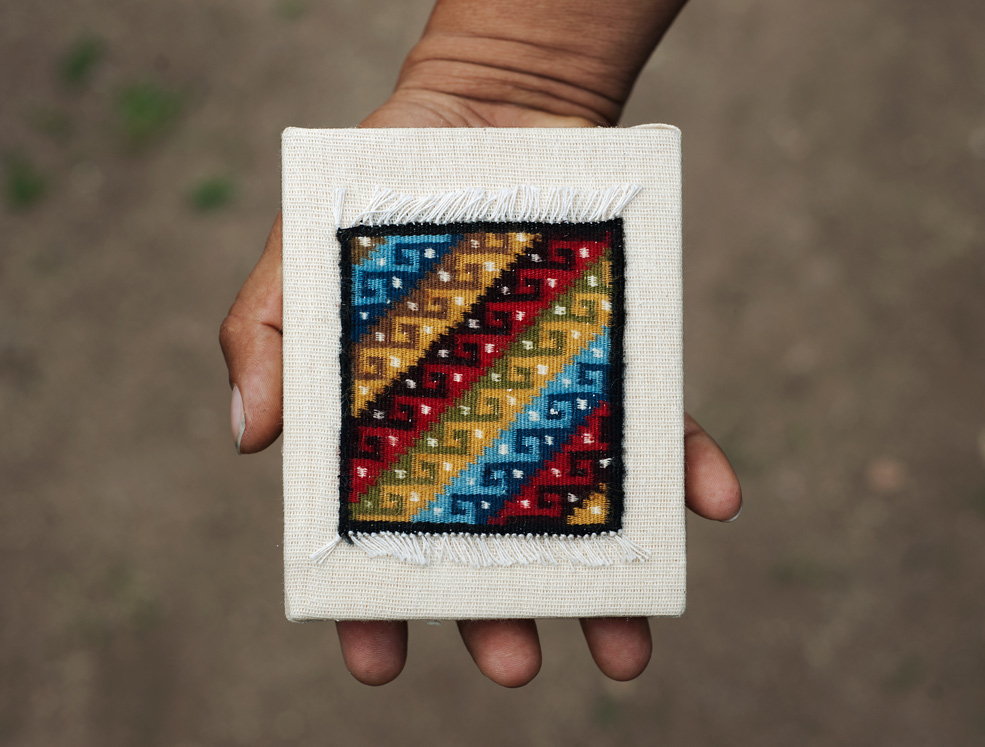
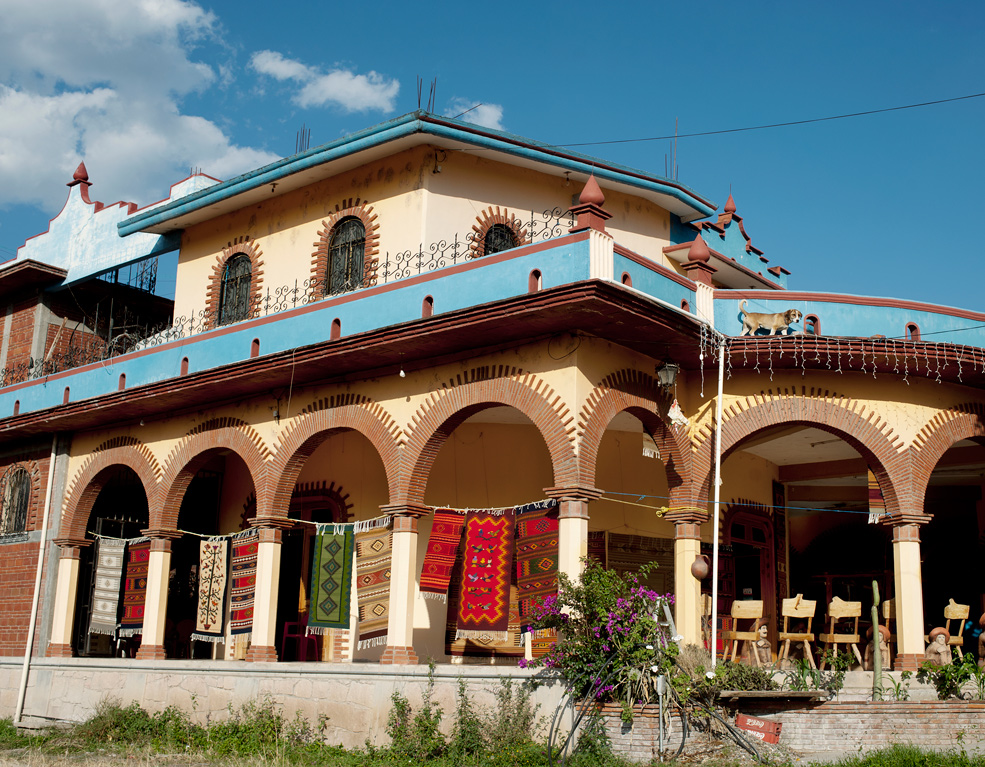
"I was initially drawn to the rugs, not as a photography project, but because I was interested in the weavings themselves," Nager said. "After I researched the weaving history in Oaxaca, I decided it would be great to do a little project on the weavers."
Nager decided to stay an extra two weeks following the workshop, giving himself time to transition from teacher to student.
A free daily email with the biggest news stories of the day – and the best features from TheWeek.com
And he used one of the most basic lessons as he got started with making his own pictures: He asked for help.
"The toughest part was finding contacts and the weavers themselves," he said. "I simply went door-to-door in the village, asking about the weavers and finding interesting people to photograph."
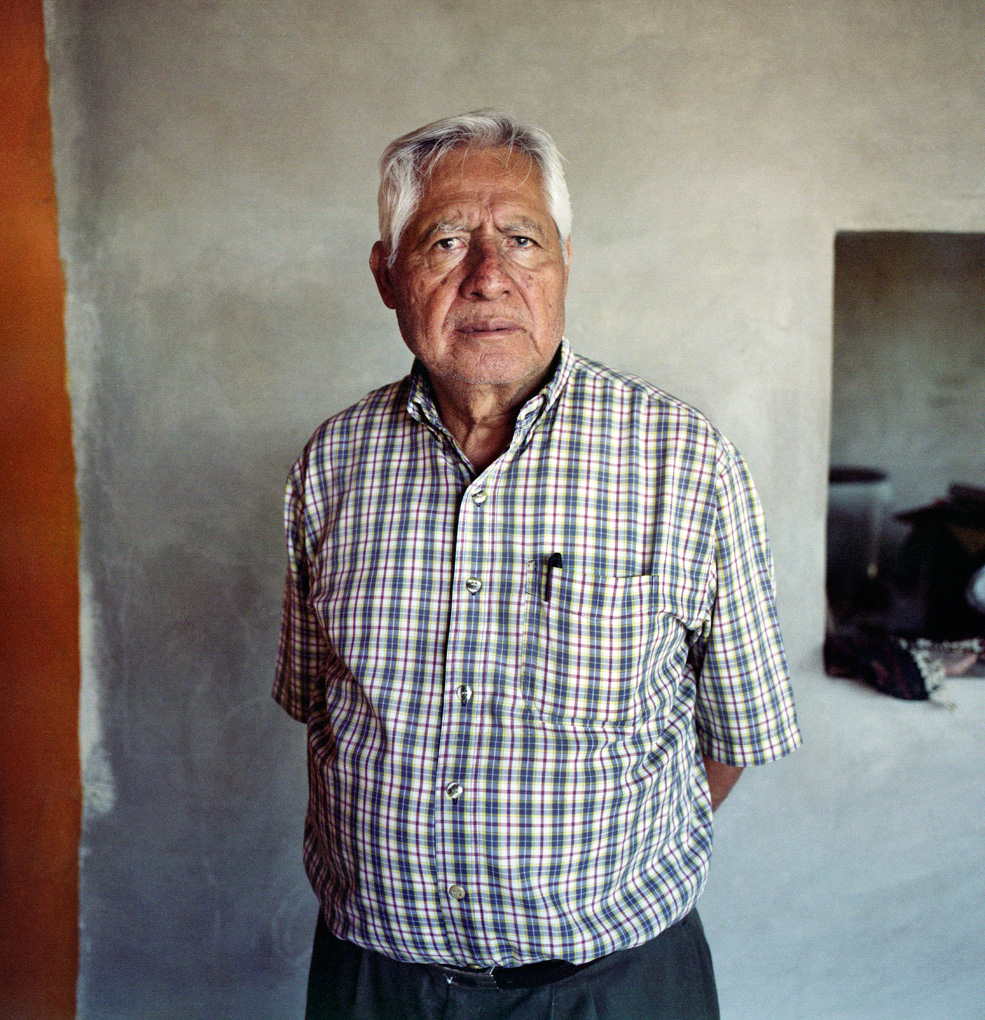
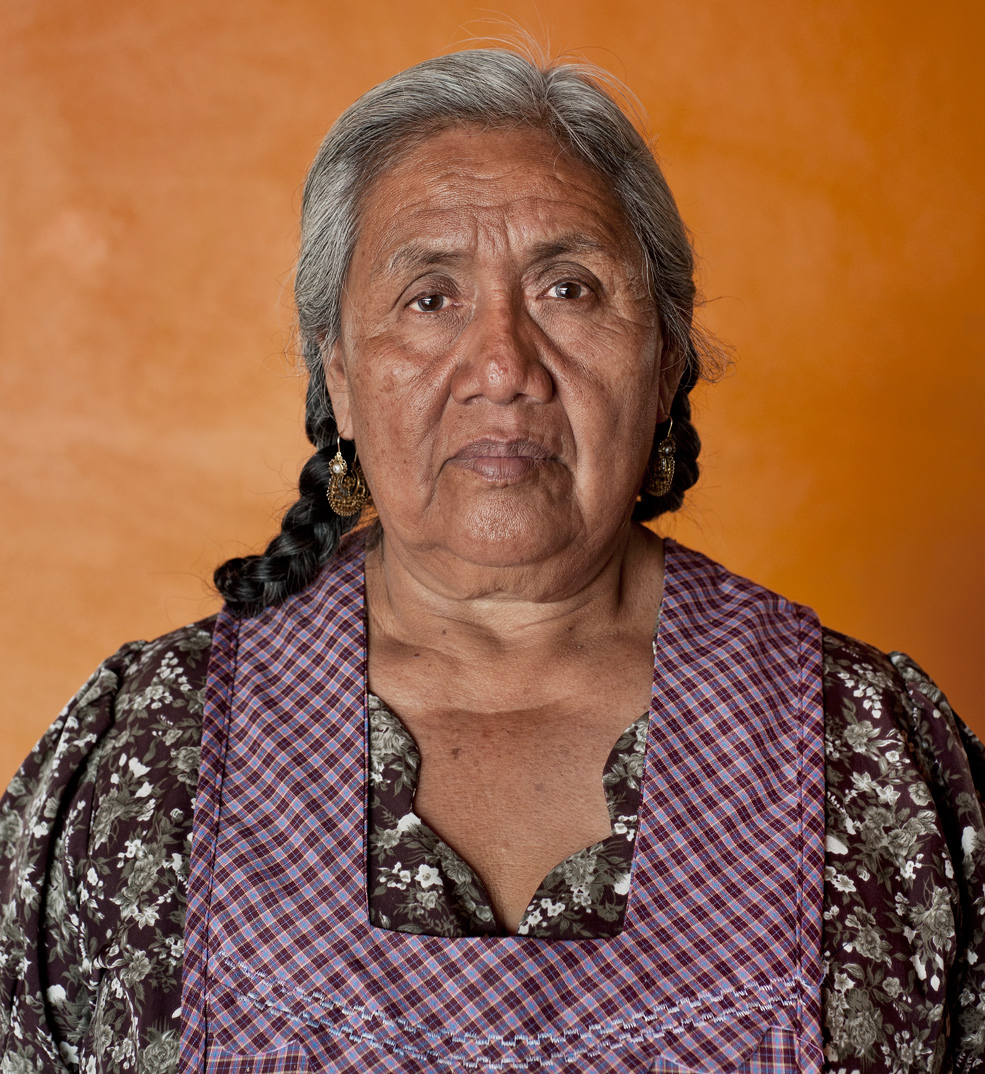
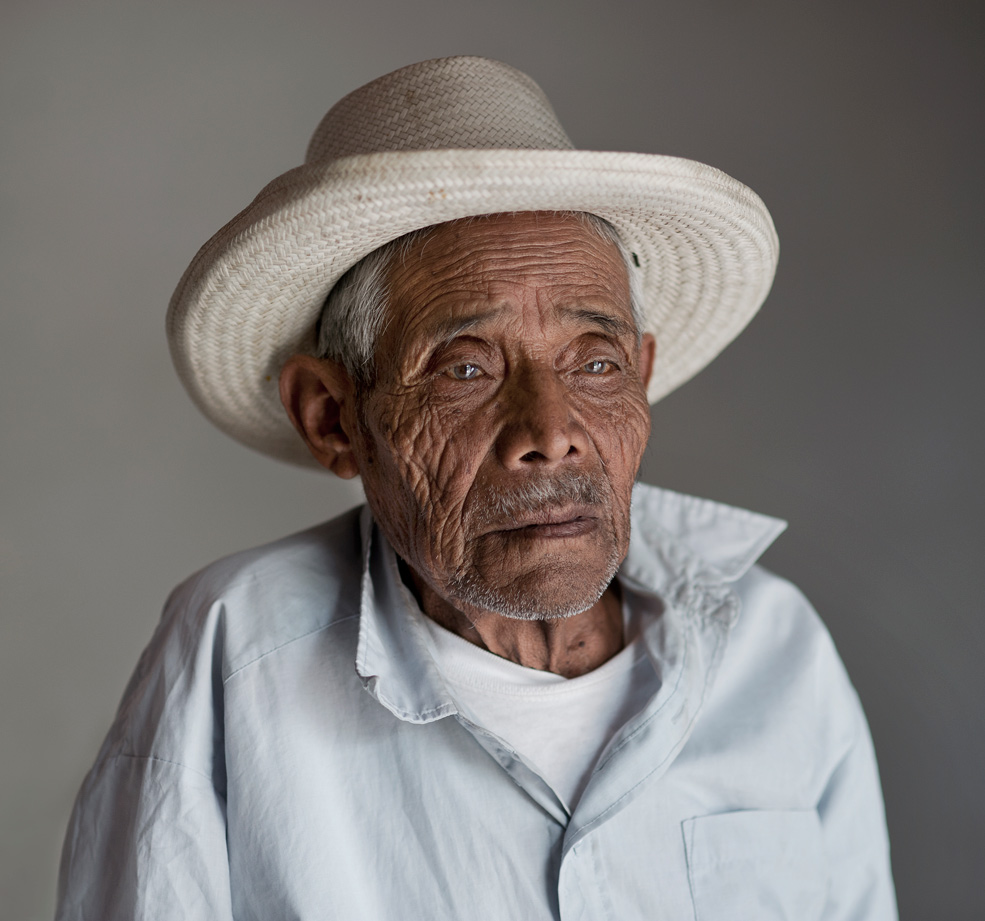
Nager also took time to photograph the weavers' process. And in searching for and documenting these masters of the craft, he happened across the rather surprising, small-town politics tangled up in an industry that is one of the village's largest.
"There is so much competition to sell the rugs in the community," he said. "Every person would claim they were the best and their neighbor was not as skilled. It was a challenge to cut through the rumors and find who was legitimate."


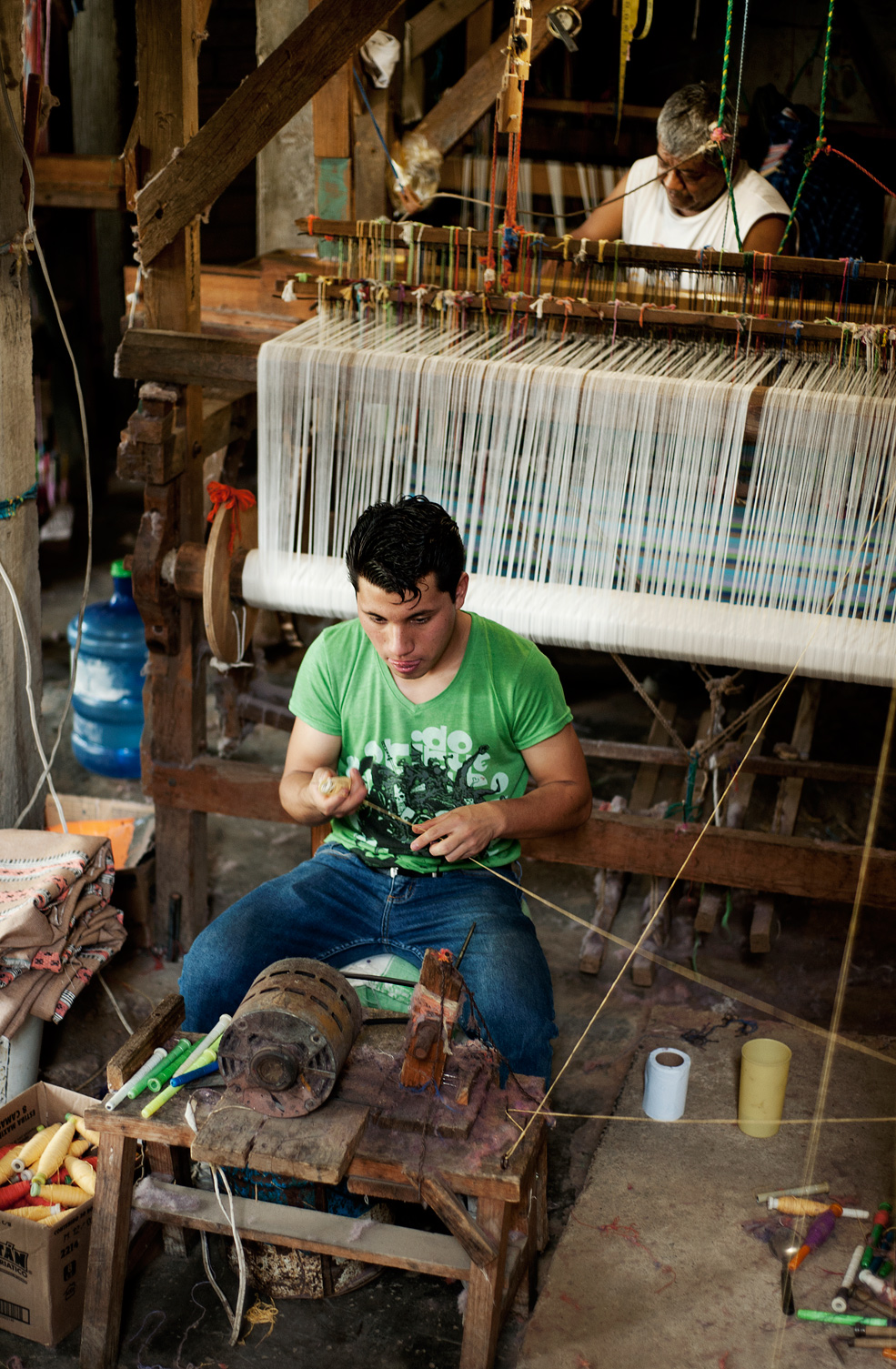
Back in Colorado, Nager has begun developing a personal project about "the myth of mountains," he said. The photographer hopes it will develop and sharpen over the next year, as he researches the historical and social roots of Colorado's mountainous communities.
Perhaps he'll be able to look back to lessons learned in Oaxaca as he threads this new project together, one piece at a time.
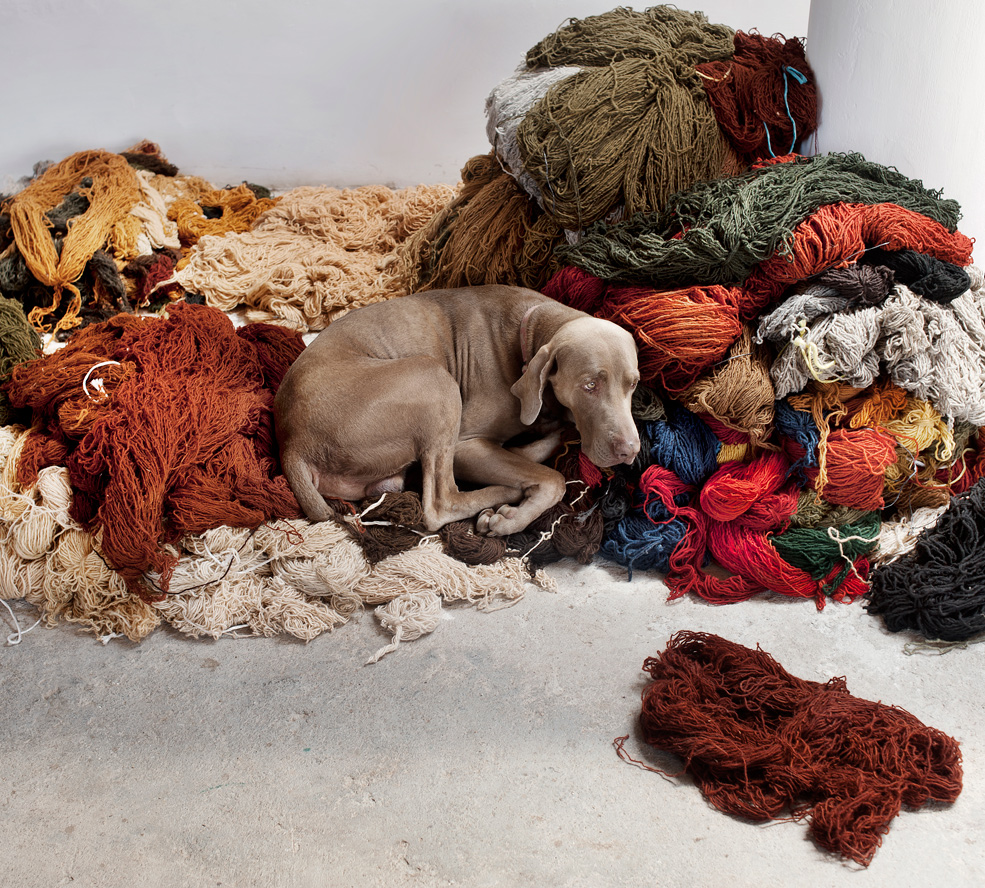
Sarah Eberspacher is an associate editor at TheWeek.com. She has previously worked as a sports reporter at The Livingston County Daily Press & Argus and The Arizona Republic. She graduated from Northwestern University's Medill School of Journalism.
-
 Zimbabwe’s driving crisis
Zimbabwe’s driving crisisUnder the Radar Southern African nation is experiencing a ‘public health disaster’ with one of the highest road fatality rates in the world
-
 The Mint’s 250th anniversary coins face a whitewashing controversy
The Mint’s 250th anniversary coins face a whitewashing controversyThe Explainer The designs omitted several notable moments for civil rights and women’s rights
-
 ‘If regulators nix the rail merger, supply chain inefficiency will persist’
‘If regulators nix the rail merger, supply chain inefficiency will persist’Instant Opinion Opinion, comment and editorials of the day
